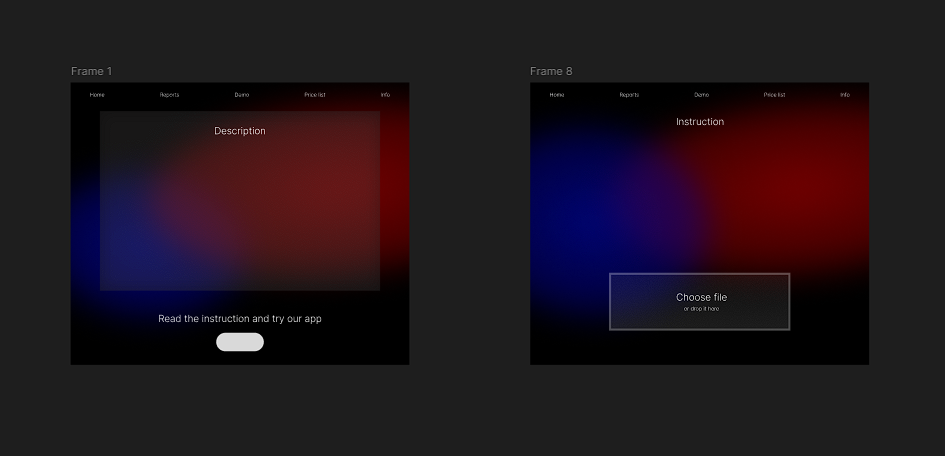External Feedback #
During this week, we had the opportunity to meet with Professor Manuel Mazzara, who provided invaluable feedback for our project, which focuses on selecting features for machine learning models using quantum computing. Professor Mazzara highlighted several key considerations for our project, particularly the scalability of quantum services when handling numerous users. He emphasized the importance of designing a backend architecture capable of efficiently managing user requests and ensuring seamless access to the D-Wave quantum annealer.
In response to this feedback, we have outlined plans to enhance our backend infrastructure. Specifically, we aim to improve the way our system interacts with the D-Wave quantum annealer, ensuring it can scale effectively and handle multiple user requests without compromising performance. This enhancement will involve optimizing the backend processes and implementing robust data management strategies to support scalability.
Testing #
User testing was conducted to evaluate the effectiveness and reliability of our prototype. During these tests, we identified several issues related to data uploading, particularly when users attempted to upload datasets containing errors or inconsistencies. To address this, we plan to introduce an additional data cleaning and validation step. This step will ensure that any data uploaded by users is thoroughly checked and cleaned before being processed by our system. By doing so, we aim to enhance the overall user experience and minimize errors during data uploads.
Iteration and Challenges #
The iterative process has been central to our development approach this week. Based on the feedback received and the results of our testing, we have focused on refining specific aspects of our project. One significant challenge we faced was accessing the D-Wave quantum annealer. To ensure continuous access, we had to manage multiple tokens and frequently switch them to maintain service stability. This iterative approach allowed us to identify and address potential issues early on, ensuring a smoother development process.
We have also made substantial progress in building the quantum code and developing the backend. Our design phase is nearly complete, and we have started comparing the results of our quantum-enhanced machine learning models with classical machine learning approaches. Additionally, we are in the process of planning the structure of the report that will be provided to users, detailing the performance and benefits of using quantum computing for feature selection in machine learning.
Progress and Achievements #
This week, we have achieved several significant milestones:
- Development of Quantum Code: We have successfully developed the quantum code necessary for our project.
- Backend Infrastructure: The backend update includes adding a user dashboard, completing payment processing, and finalizing user authentication. Docker will also be integrated to improve application management and deployment. These changes will enhance functionality, security, and scalability.
- Design Phase: The design phase of the project is nearing completion, ensuring a user-friendly and visually appealing interface.
- Frontend Infrastructure: The frontend updates include creating a docker file, creating ci/cd pipeline and implementing sockets for connection with backend part.
- Comparison with Classical ML: We have begun comparing the results of our quantum-enhanced models with classical machine learning models to evaluate performance improvements.
- Report Planning: We have initiated the planning process for the final report that will be provided to users, detailing the outcomes and benefits of our approach.
Design Images #
 Figure 1: Initial design mockup of the user interface.
Figure 1: Initial design mockup of the user interface.
 Figure 2: Updated design mockup after incorporating feedback.
Figure 2: Updated design mockup after incorporating feedback.
Draft Expected Report #
 Figure 3: Outline of the draft report expected to be provided to users.
Figure 3: Outline of the draft report expected to be provided to users.
Conclusion #
In conclusion, Week 4 has been pivotal in the development of our Capstone Project. The integration of external feedback, thorough testing, and continuous iteration have significantly enhanced the quality and functionality of our prototype. As we move forward, we remain committed to refining our project based on user feedback and testing results, ensuring that we deliver a high-quality, scalable quantum computing service for feature selection in machine learning.
We look forward to continuing this iterative process and achieving further milestones in the upcoming weeks.